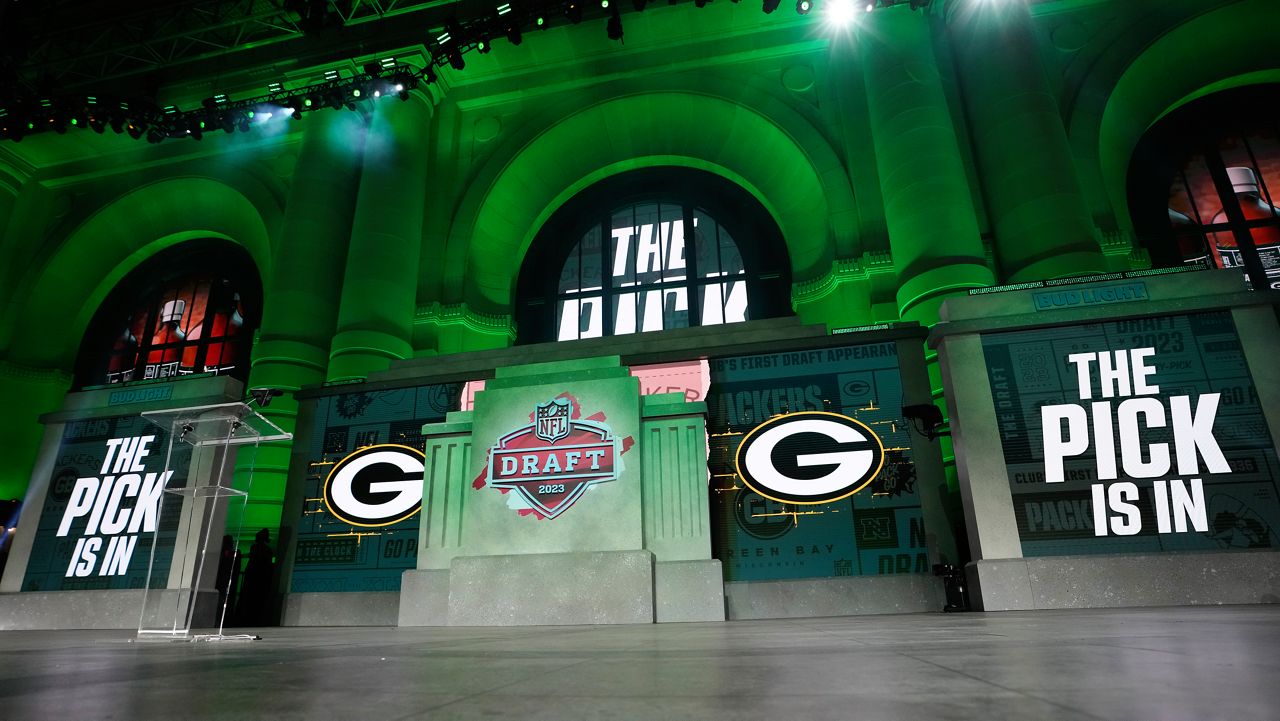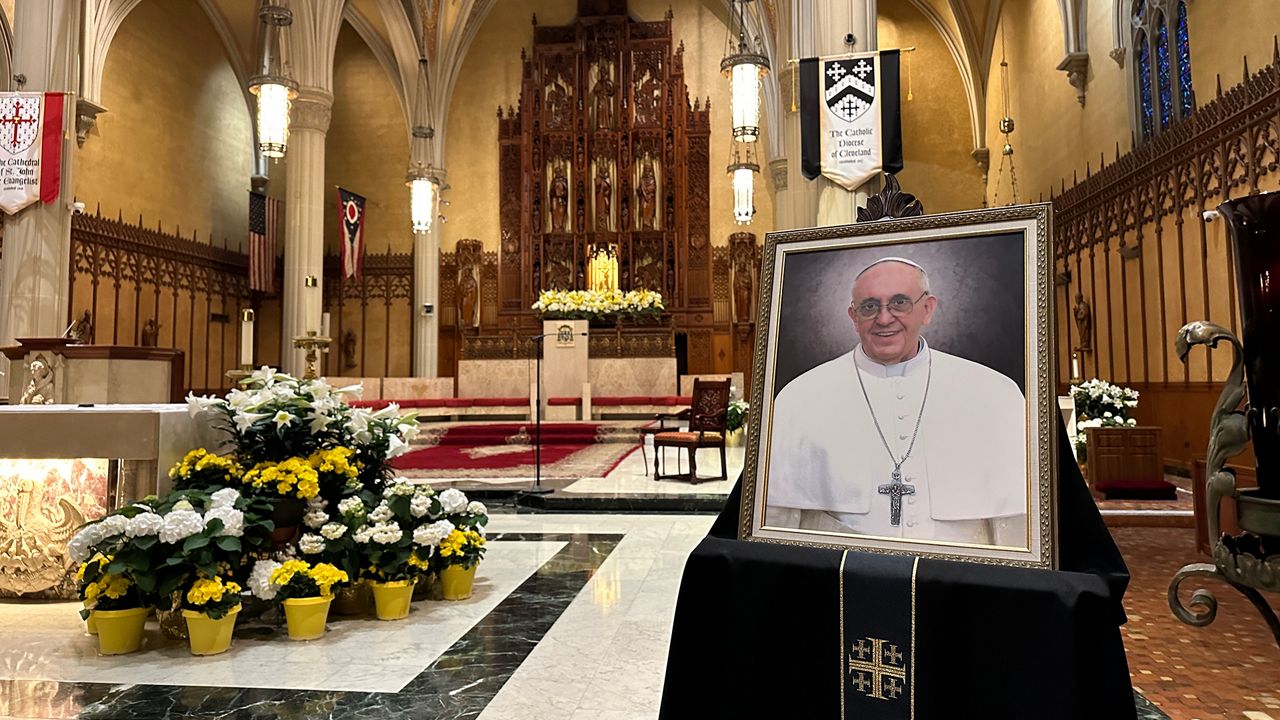CINCINNATI – In front of Black city leaders, current and former West End residents and their descendants, Cincinnati City Council and Mayor Aftab Pureval did something they say Cincinnati should have done decades ago. They told the West End neighborhood the city is sorry and promises to do better.
They said the 1948 master plan — which lead to the razing of the lower West End, the Kenyon-Barr neighborhood and displaced more than 25,000 mostly Black families — was an act of institutional racism. Now, the council commits to working to right some of those wrongs.
“We apologize to West End’s families and communities, to the West End itself for the city’s destruction and displacement of the community,” Pureval said on the city’s behalf Tuesday afternoon.
According to Councilmember Scotty Johnson, who led the news conference Tuesday, he said an acknowledgement of the city’s wrongdoing had to happen before they could move forward, and it had to happen in City Hall.
“The planning to devastate and destroy took place in this building and now the apology to rebuild and prayerfully get to reconciliation has to come from this building,” he said.
Pureval added the apology was only the first step. Now, the city needs to invest in the West End to make up for what it lost.
“We’ve aggressively pursued opportunities to begin stitching the West End back together,” he said.
To start, he said the city has secured $20 million in federal funding from the DOT to improve roadways, bike lanes and tree cover in the neighborhood. The city has also invested $7 million to clean up the Mill Creek corridor and improve areas concentrated with industrial pollution as a result of the industries that came in after the 1948 Master Plan.
Pureval also alluded to the current efforts to restore the Regal Theater and convert it into the city’s first African American multicultural center.
The largest proposed investment from the meeting, was the announcement that the city is working with CMHA to secure a $50 million Choice Grant from the Department of Housing and Urban Development, to revitalize part of Linn St. with new housing for all income levels.
“We won’t stop until we get it right,” Pureval said.
Council stopped short of promising monetary reparations to former West End residents and their descendants.
The mayor alluded to opportunities within the Brent Spence Bridge Project. With much of the former Kenyon-Barr neighborhood replaced by I-75 and Queensgate, the council acknowledged it’s important to get the project right this time without causing further harm to the neighborhood.
“It’s part of the process of making sure all hands are on deck and everybody’s included in the bridge move,” Johnson said.
The news conference also featured descendants of those the city displaced decades ago, including the vice mayor, Jan Michele Kearney. Her father was a doctor in the West End and had to move his practice as a result of the mass eviction.
“All his life he talked about his office on Clark Street,” she said. “He talked his patients who were West End residents. They were his patients and his friends. It was a tight-knit community.”
At the conclusion of the news conference, another man spoke up to tell his personal story to the council. Oscar Wright, an 87-year-old, said his family was evicted from the West End when he was a teenager.
“We didn’t have the money to move; we had to piece by piece, and we had to do it in 30 days,” he said. “And they had police and guards walking around the neighborhood, and if you weren’t out in 30 days, they were going to take you out.”
He said he was glad to hear the city promise to make up for that pain and though he wished it had happened within his parents’ lifetime.
“They’d never believe it,” he said. “Because they’ve heard so many lies.”
As for why now, Johnson said it was because the council had the information, the knowledge of the history of the Kenyon-Barr neighborhood thanks to the extensive research of the Center for Community Resilience. Now, that council was fully aware of the harm the city caused, Johnson said it was time to start making amends.
“It is always the right time to do the right thing,” he said.










